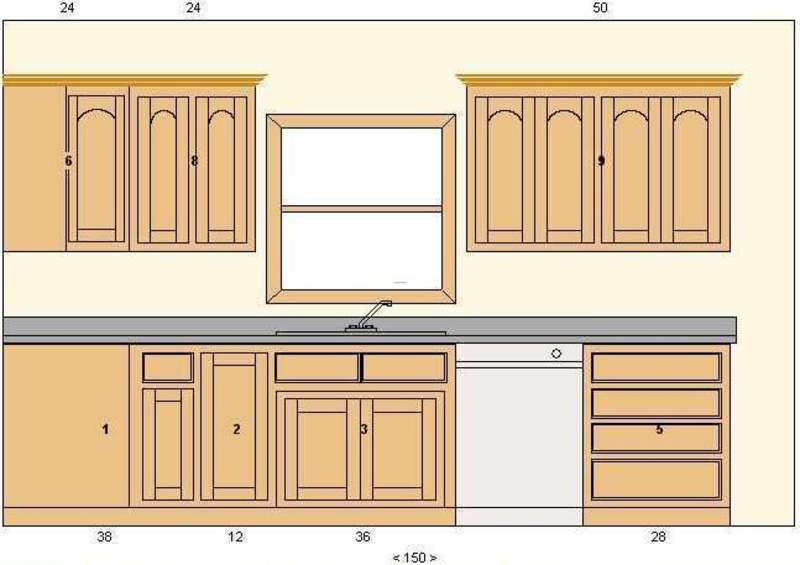When it comes to designing a kitchen, one of the most important elements to consider is the size and layout of the cabinets. The kitchen cabinets not only provide storage space, but they also play a crucial role in the overall design and functionality of the kitchen. In this guide, we will discuss the top 10 main kitchen cabinet design dimensions to help you plan and create the perfect kitchen for your home.Standard Kitchen Cabinet Dimensions
Before diving into the specific dimensions, it's important to understand the standard sizes and specifications for kitchen cabinets. These sizes are typically based on the standard measurements of appliances, countertops, and other kitchen fixtures. The most common height for base cabinets is 34.5 inches, while the standard depth ranges from 24 to 26 inches. Wall cabinets are usually 12 to 13 inches deep and 30 to 36 inches tall.Kitchen Cabinet Sizes and Specifications Guide
Before purchasing kitchen cabinets, it's essential to accurately measure the space where they will be installed. This will ensure that the cabinets fit properly and don't interfere with other elements in the kitchen. When measuring for cabinets, be sure to take into account the height and depth of appliances, as well as any existing fixtures such as windows or doors.How to Measure for Kitchen Cabinets
For a quick reference, here is a standard kitchen cabinet sizes chart that includes the most common dimensions for base and wall cabinets:Standard Kitchen Cabinet Sizes Chart
When planning your kitchen cabinet layout, it's important to consider the overall functionality and flow of the space. This includes the placement of appliances, sink, and countertops, as well as the size and shape of the kitchen. For example, a galley kitchen may require a different cabinet layout than a U-shaped kitchen. It's also essential to consider the storage needs of your household to determine the number of cabinets and their sizes.Kitchen Cabinet Dimensions and Planning Guide
The layout of your kitchen cabinets will ultimately depend on the size and shape of your kitchen, as well as your personal preferences. However, there are some standard layouts that are commonly used, such as L-shaped, U-shaped, and galley. These layouts can help maximize storage space and improve the flow of the kitchen. It's important to carefully consider the dimensions of each cabinet in relation to the overall layout to ensure a functional and aesthetically pleasing design.Kitchen Cabinet Dimensions and Layout
In addition to the standard sizes mentioned earlier, there are also some standard dimensions for specific types of kitchen cabinets. For example, a base cabinet typically ranges from 12 to 36 inches in width, while a wall cabinet is usually 12 to 36 inches in height. Pantry cabinets are typically 84 inches tall, while a corner cabinet can range from 24 to 36 inches in width.Kitchen Cabinet Dimensions and Standard Sizes
In order to achieve a cohesive and visually appealing design, it's important to maintain consistent measurements for your kitchen cabinets. This means using the same height and depth for all base cabinets, as well as for all wall cabinets. It's also important to ensure that the cabinets are level and aligned properly for a professional and polished look.Standard Kitchen Cabinet Measurements
Designing and planning kitchen cabinets can be a daunting task, but with the right knowledge and resources, it can be a fun and rewarding process. Before making any decisions, it's important to carefully measure your space, consider your storage needs, and determine a budget. You can also seek professional help from a kitchen designer or utilize online design tools to assist with the planning process.How to Design and Plan Kitchen Cabinets
Whether you have a small or large kitchen, it's important to carefully consider the dimensions of your cabinets. For smaller kitchens, you may need to utilize space-saving solutions such as tall pantry cabinets or pull-out shelves. In larger kitchens, you may have more room to play with and can incorporate features like a kitchen island or custom cabinetry to maximize storage and functionality.Kitchen Cabinet Dimensions for Small and Large Kitchens
Kitchen Cabinet Design Dimensions: Maximizing Space and Functionality in Your Kitchen

Introduction to Kitchen Cabinet Design
 When it comes to designing a kitchen, one of the most important elements to consider is the cabinet design. Not only do kitchen cabinets provide essential storage space, but they also play a significant role in the overall aesthetic and functionality of the kitchen. Choosing the right dimensions for your kitchen cabinets is crucial in achieving a well-designed and efficient kitchen. In this article, we will discuss the key factors to consider when determining the dimensions of your kitchen cabinets.
When it comes to designing a kitchen, one of the most important elements to consider is the cabinet design. Not only do kitchen cabinets provide essential storage space, but they also play a significant role in the overall aesthetic and functionality of the kitchen. Choosing the right dimensions for your kitchen cabinets is crucial in achieving a well-designed and efficient kitchen. In this article, we will discuss the key factors to consider when determining the dimensions of your kitchen cabinets.
Maximizing Space with Proper Dimensions
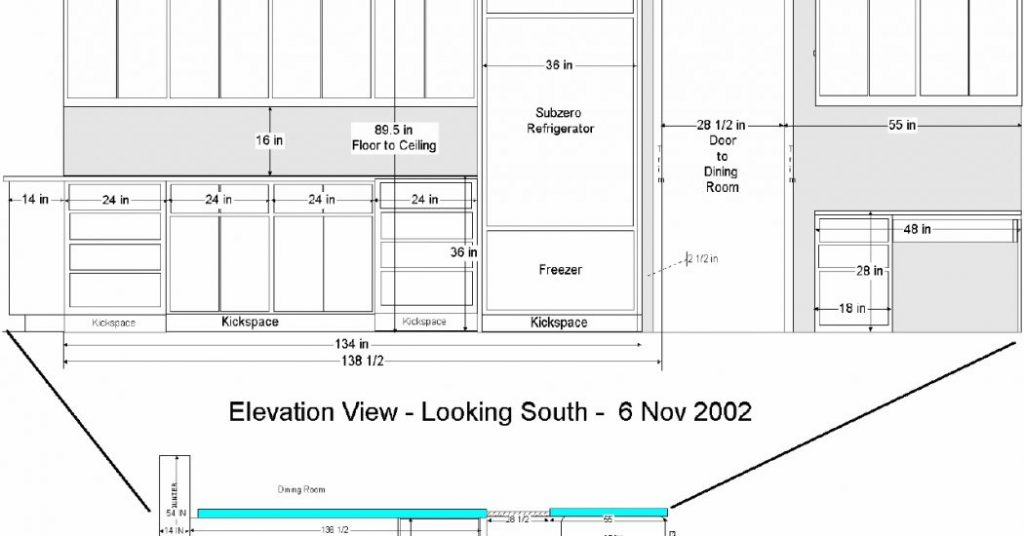 Maximizing space
is a top priority when it comes to kitchen design, especially in smaller kitchens. The dimensions of your kitchen cabinets can greatly impact how much storage space you have and how easily you can move around the kitchen.
Opting for taller cabinets
can provide additional storage space without taking up much floor space. This is especially useful for storing items that are not used frequently, such as large cooking pots or small appliances.
Maximizing space
is a top priority when it comes to kitchen design, especially in smaller kitchens. The dimensions of your kitchen cabinets can greatly impact how much storage space you have and how easily you can move around the kitchen.
Opting for taller cabinets
can provide additional storage space without taking up much floor space. This is especially useful for storing items that are not used frequently, such as large cooking pots or small appliances.
Consider Your Storage Needs
 Before finalizing the dimensions of your kitchen cabinets, it's essential to assess your storage needs.
Think about what items you will need to store in your kitchen cabinets
and how much space they will require. If you have a large collection of dishes or cookware, you may need deeper cabinets to accommodate them. On the other hand, if you have a small kitchen and limited storage needs,
opting for shallower cabinets
can save space and make your kitchen feel more open.
Before finalizing the dimensions of your kitchen cabinets, it's essential to assess your storage needs.
Think about what items you will need to store in your kitchen cabinets
and how much space they will require. If you have a large collection of dishes or cookware, you may need deeper cabinets to accommodate them. On the other hand, if you have a small kitchen and limited storage needs,
opting for shallower cabinets
can save space and make your kitchen feel more open.
Functionality is Key
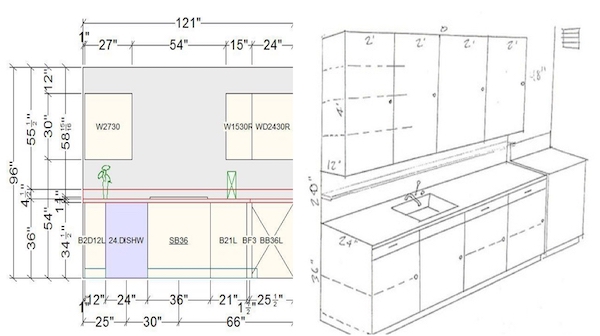 In addition to providing storage space, kitchen cabinets also play a crucial role in the functionality of your kitchen.
The dimensions of your cabinets can impact how easily you can access and organize your items
. For example,
choosing wider cabinets
can make it easier to store and retrieve items, while
installing pull-out shelves
can improve accessibility and organization. It's important to consider how you will use your kitchen and what cabinet dimensions will best suit your needs.
In addition to providing storage space, kitchen cabinets also play a crucial role in the functionality of your kitchen.
The dimensions of your cabinets can impact how easily you can access and organize your items
. For example,
choosing wider cabinets
can make it easier to store and retrieve items, while
installing pull-out shelves
can improve accessibility and organization. It's important to consider how you will use your kitchen and what cabinet dimensions will best suit your needs.
Customizing Your Kitchen Cabinet Dimensions
 Every kitchen is unique, and what works for one may not work for another. That's why it's essential to
customize your kitchen cabinet dimensions
to fit your specific needs and space constraints. Working with a professional designer can help you determine the best dimensions for your kitchen cabinets based on your storage needs, functionality, and overall design aesthetic.
Every kitchen is unique, and what works for one may not work for another. That's why it's essential to
customize your kitchen cabinet dimensions
to fit your specific needs and space constraints. Working with a professional designer can help you determine the best dimensions for your kitchen cabinets based on your storage needs, functionality, and overall design aesthetic.
In Conclusion
 Kitchen cabinet design dimensions play a crucial role in creating a well-designed and functional kitchen.
Maximizing space, considering storage needs, and prioritizing functionality
are key factors to keep in mind when determining the dimensions of your kitchen cabinets. With proper planning and customization, you can create an efficient and stylish kitchen that meets all your storage and organizational needs.
Kitchen cabinet design dimensions play a crucial role in creating a well-designed and functional kitchen.
Maximizing space, considering storage needs, and prioritizing functionality
are key factors to keep in mind when determining the dimensions of your kitchen cabinets. With proper planning and customization, you can create an efficient and stylish kitchen that meets all your storage and organizational needs.



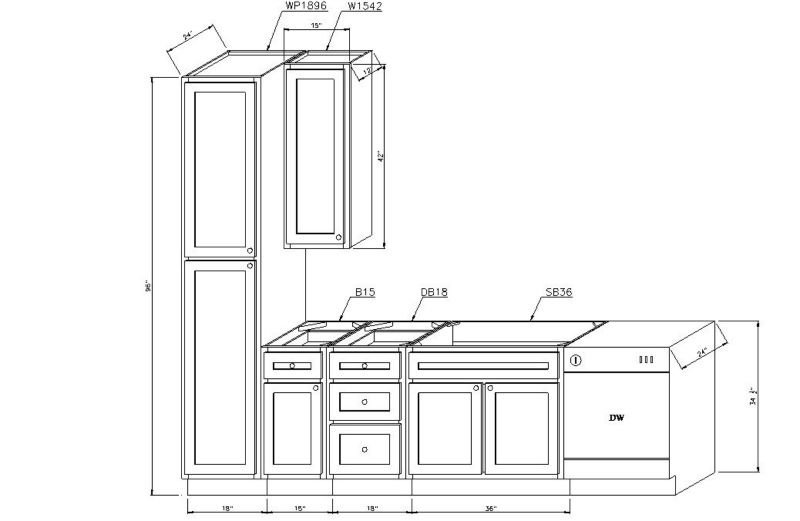

:max_bytes(150000):strip_icc()/guide-to-common-kitchen-cabinet-sizes-1822029_1_final-5c89617246e0fb0001cbf60d.png)










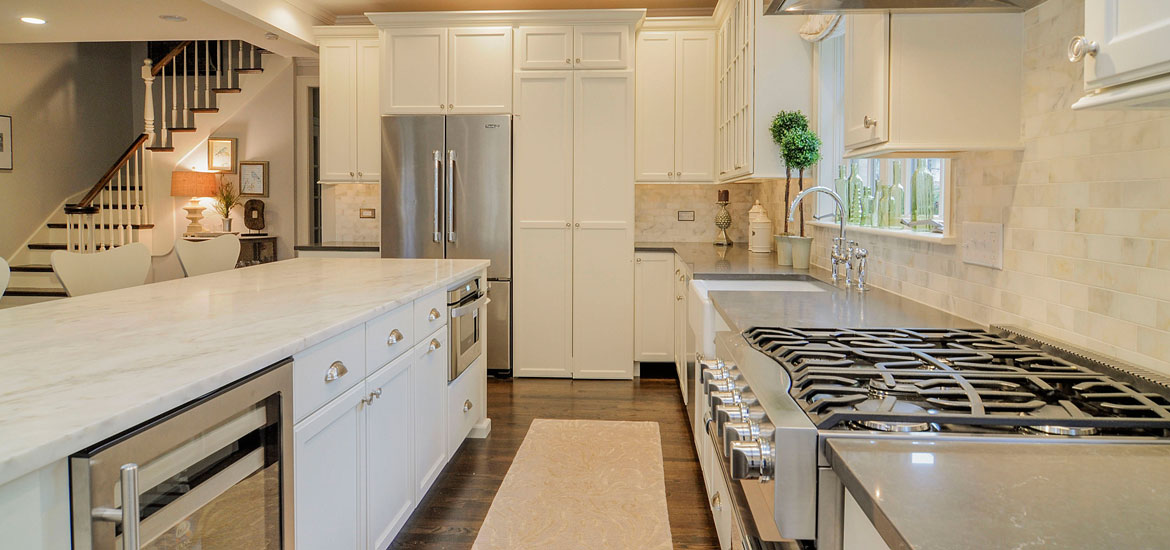













:max_bytes(150000):strip_icc()/guide-to-common-kitchen-cabinet-sizes-1822029-hero-08f8ed3104a74600839ac5ef7471372e.jpg)






:max_bytes(150000):strip_icc()/guide-to-common-kitchen-cabinet-sizes-1822029-base-6d525c9a7eac49728640e040d1f90fd1.png)




















